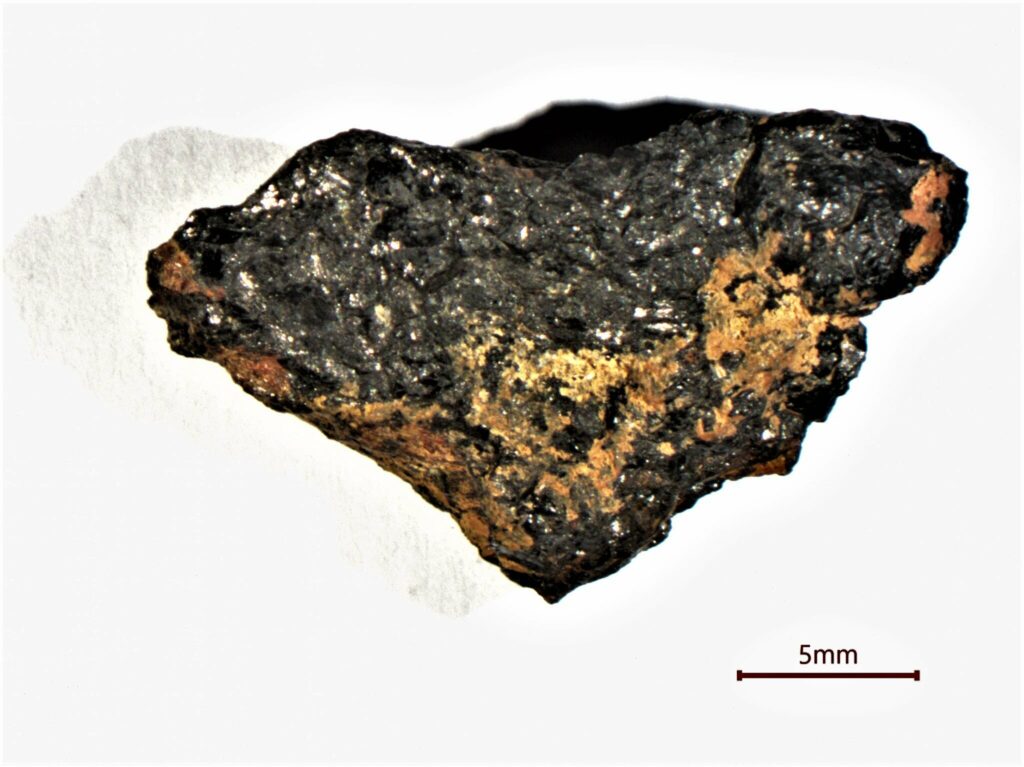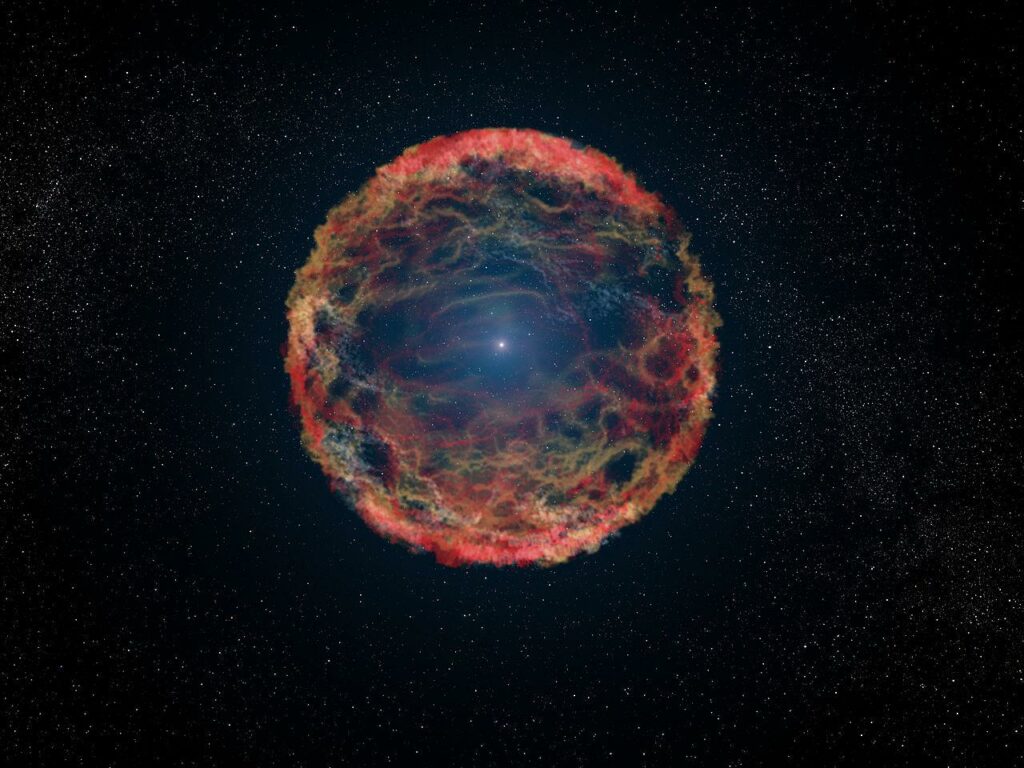The chemical composition of the Hypatia meteorite suggests that its parent body contained interstellar dust formed during the explosion of a type Ia supernova. This is stated in an article published in the journal Icarus.
Meteorite is older than the Solar System
The 30-gram Hypatia meteorite was found in 1996 in the Libyan desert in Egypt. According to scientists, it fell to Earth 25 – 30 million years ago.

Scientists first paid serious attention to Hypatia in 2013. Chemical analysis of the meteorite revealed micro-diamonds formed in it during passage through the earth’s atmosphere, as well as inclusions of various elements, including traces of very specific carbon compounds, which are called polyaromatic hydrocarbons. They are components of interstellar dust that existed before the formation of the Sun. This meant that Hypatia could be older than the Solar System.
Supernova Dust
Unsurprisingly, scientists continued to study the meteorite. A team of South African researchers conducted a re-analysis of the Hypatia substance to determine the percentage of various elements in it. The study revealed an unusually low level of silicon, chromium and manganese with an increased content of iron, sulfur, phosphorus, copper, and vanadium.

According to scientists, this suggests that Hypatia is a kind of “mix” of two types of substances with different origins. They were formed as a result of the settling of older interstellar dust on a primitive celestial body formed inside the protosolar nebula.
At the same time, the interstellar dust included in Hypatia has a rather interesting origin. It was formed during a type Ia supernova outbreak. Such events occur as a result of a thermonuclear explosion of a white dwarf in a binary system, which exceeded the mass limit due to the absorption of the matter of the companion star. To date, Hypatia is the first meteorite in which supernova matter was found.
Earlier we talked about the discovery of all four building blocks of DNA in meteorites.
According to https://www.sciencedirect.com
Follow us on Twitter to get the most interesting space news in time
https://twitter.com/ust_magazine

